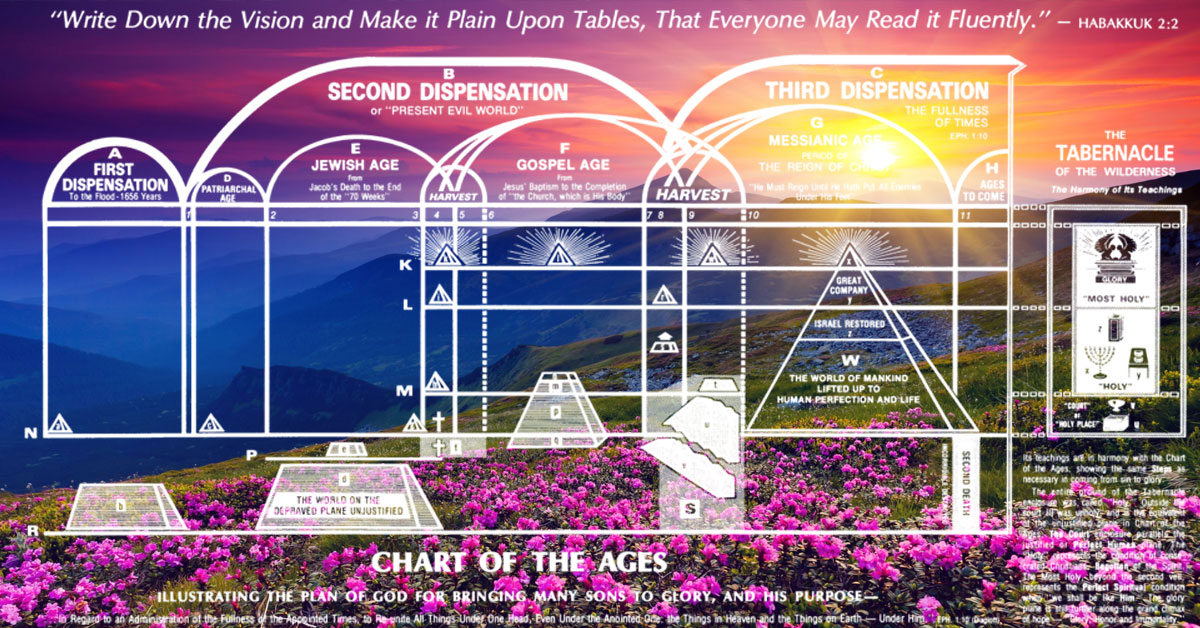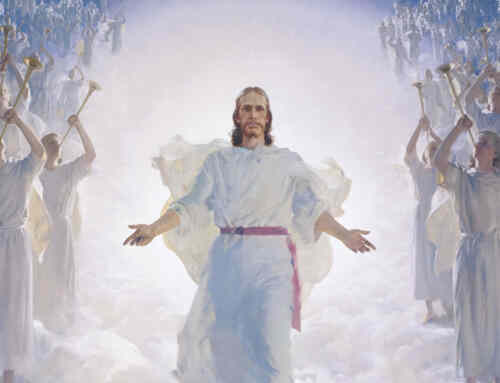The early part of the 19th century in the U.S. witnessed a notable religious revival. As the country prospered industrially, people turned to perfecting the inner spirit. There were reforms, causes and societies, and an awakening in biblical scholarship, especially in the prophecies of Daniel and Revelation. Protestants were particularly interested in the 2300 years mentioned in Daniel. The 1260 days/years had previously been identified as the reign of the infamous Papacy. Papacy’s persecution of Christians finally ended in 1798, when Napoleon had Pope Pius VI taken prisoner.
William Miller, the son of a Baptist minister and an avid student of Bible prophecy, recognized that the 2300 years lead to the cleansing of the temple. Daniel 9:27-29 established the beginning of that period with the decree to rebuild Jerusalem in 457 B.C. Daniel 8:14 marked the completion in the year 1843 A.D.
Miller believed that the cleansing would entail the burning up of the earth and that Christ would return for his followers. For almost a decade, Miller preached the second coming of Christ. Many Protestant and evangelical groups became excited and embraced those two beliefs. They organized numerous general conferences and tent meetings in order to prepare for the second coming. Thus the Millerite movement began.
Miller did not advise that expectant Christians separate themselves from their churches. He, himself, refused to set a specific date for the great event, but expected something to occur sometime between March 21, 1843 and March 21, 1844 (Spring equinoxes). When nothing happened, many Christian groups began to look down on Miller and his followers. Disappointed but nevertheless resolute in his expectation, Miller suggested that the faithful wait. He encouraged believers to follow Habakkuk 2:3: “Though the vision tarries, wait for it.”
That same year, however, Samuel Snow, a latter Millerite minister was influenced by the visions of Ellen G. White, (considered the founder of the Seventh Day Adventist movement). He determined that the true ending date of the prophetic 2300 years was October 22, 1844, the 10th day of the 7th month Tishri of the Jewish calendar, Yom Kippur, the Day of Atonement.
The predicted date of October 22, 1844, came and went. Christ did not come. The Millerite movement disbanded, and in 1845, Miller was disfellowshipped from the Baptist church. Miller again was disappointed but not discouraged. He rightly concluded that God is not governed by dates but works in His own time. When he died two years later in 1847, Miller’s tombstone read: “At the appointed time, the end shall be.”




















